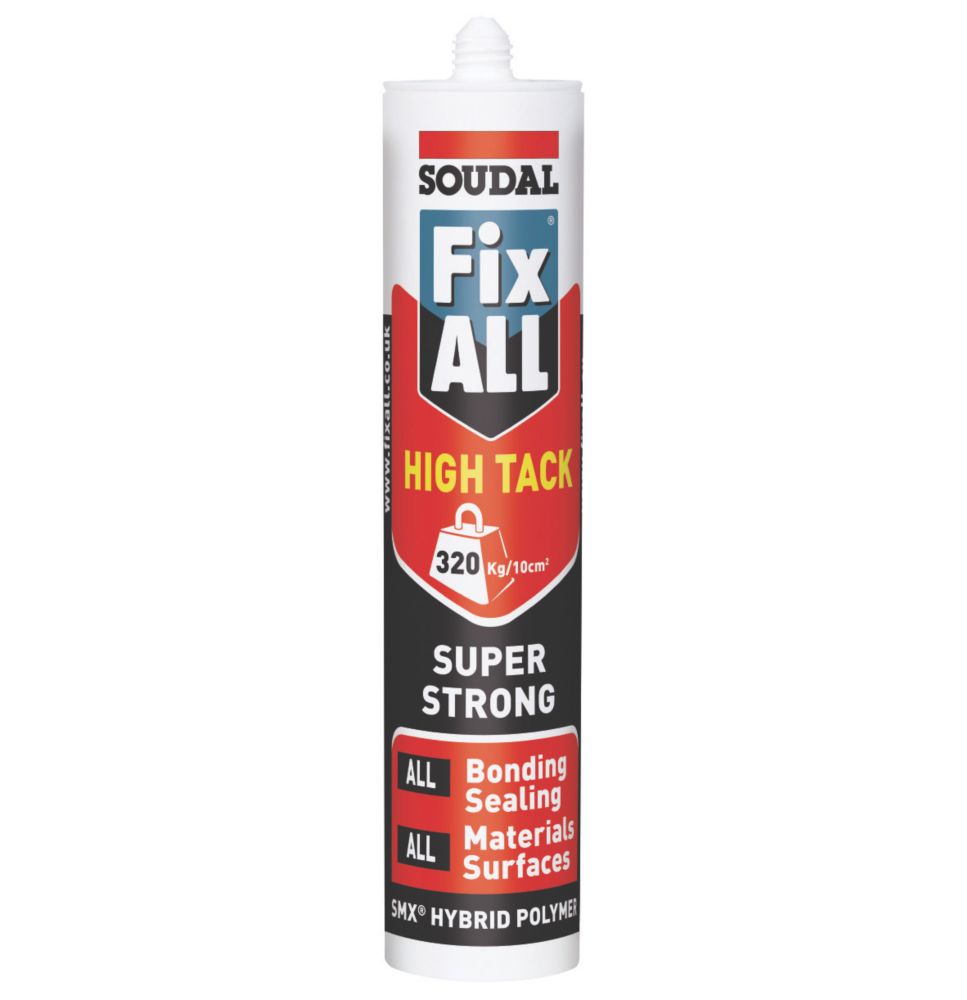Mtbcol
Full Member
- Posts
- 243
- Likes
- 161
Evening all.
It appears the sealant has failed on our roof vent and leaked water on to our bed.
It was sealed only a couple of years ago with Sikaflex 522 (?) or the one it superceded.
I've heard many people say it's not as good as its made out to be, so what could anyone recommend please? Some thing that could be applied and sets in water would be useful as it keeps @#_&! raining here!
Thank you.
Colin.

It appears the sealant has failed on our roof vent and leaked water on to our bed.
It was sealed only a couple of years ago with Sikaflex 522 (?) or the one it superceded.
I've heard many people say it's not as good as its made out to be, so what could anyone recommend please? Some thing that could be applied and sets in water would be useful as it keeps @#_&! raining here!
Thank you.
Colin.


